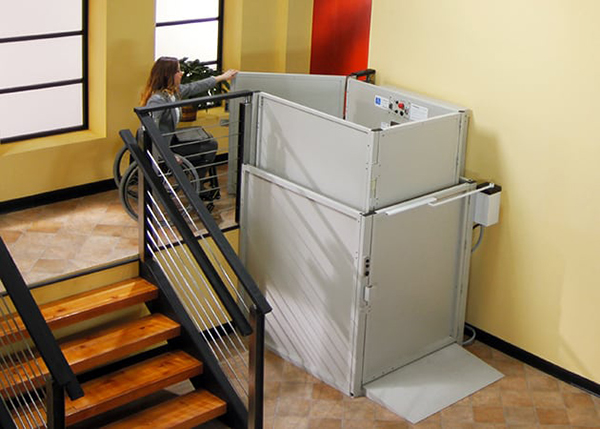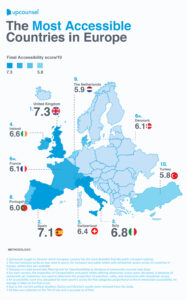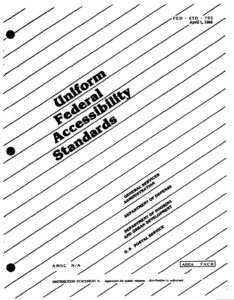When renovating an existing building, pay particular attention to the current accessible accommodations. The extent of existing accessible accommodations may have major implications as to the required accessible upgrades you may have to perform to make your project code compliant.
For example, if you were thinking of renovating a utility space into an office space, major ramifications come with this change. An office is considered a primary function in the eyes of the International Existing Building Code, and thus requires an accessible route to the restrooms and drinking fountains. This means if the former utility space is not on the same level as the restrooms and fountains, a ramp, lift or other means of accommodations would need to be implemented to provide this route.

Implementing these accommodations in an existing building usually comes with a hefty price tag and the IEBC takes this into account in order to not prohibit smaller project’s feasibility. Section 705.2 (2015 IEBC) and Section 305.7 (2018 IEBC) provides exceptions for such cases in that it will not require the accessible route connections when the alterations to require said connections exceed 20% of the cost of the renovation project.

While this exception may allow one to avoid having to add these accommodations, the IEBC still requires one to bring the existing space up to the highest accessible standards technically feasible; up to 20% of the cost of the renovation. This can usually be achieved by retrofitting hardware, lowering counters to an accessible level, etc.
If your renovation project includes changing the use of spaces we would love to assit you with your project. Contact us for more information.










